
Veracruz: The Vibrant Gateway to Mexico's Gulf Coast
Discover Veracruz: A historic port city blending colonial charm, vibrant culture, and stunning coastal scenery on Mexico's Gulf Coast.
Veracruz, a bustling port city on Mexico's Gulf Coast, is a blend of rich history, vibrant culture, and beautiful coastal scenery. Known as the oldest European settlement in the Americas, Veracruz has a unique charm that combines colonial architecture with a lively modern atmosphere. The city's historic center, with its cobblestone streets and well-preserved buildings, offers a glimpse into the past, while the bustling port and busy markets showcase its importance as a commercial hub. Veracruz is famous for its lively music and dance traditions, particularly the danzón and son jarocho, which can be enjoyed in the city's many plazas and cultural events. The Malecón, a scenic coastal promenade, is perfect for leisurely strolls, offering stunning views of the Gulf of Mexico and numerous cafes and restaurants where you can savor local delicacies like fresh seafood and traditional dishes such as huachinango a la veracruzana. Nature lovers will find plenty to explore in and around Veracruz. The nearby beaches are ideal for swimming and water sports, while the lush countryside and nearby national parks offer opportunities for hiking, bird watching, and discovering the region's diverse flora and fauna. Veracruz's rich cultural heritage is also evident in its museums, such as the Veracruz Aquarium and the San Juan de Ulúa Fortress, which provide fascinating insights into the city's maritime history and colonial past.
Local tips in Veracruz
- Visit the Zócalo in the evening to enjoy live music and local dances.
- Try the local seafood dishes at the restaurants along the Malecón.
- Explore San Juan de Ulúa Fortress for a deeper understanding of Veracruz's history.
- Don't miss the Veracruz Aquarium, one of the largest and most diverse in Latin America.
- Take a day trip to the nearby beaches for a relaxing escape.
Neighbourhoods in Veracruz
Veracruz: The Vibrant Gateway to Mexico's Gulf Coast
Veracruz, a bustling port city on Mexico's Gulf Coast, is a blend of rich history, vibrant culture, and beautiful coastal scenery. Known as the oldest European settlement in the Americas, Veracruz has a unique charm that combines colonial architecture with a lively modern atmosphere. The city's historic center, with its cobblestone streets and well-preserved buildings, offers a glimpse into the past, while the bustling port and busy markets showcase its importance as a commercial hub. Veracruz is famous for its lively music and dance traditions, particularly the danzón and son jarocho, which can be enjoyed in the city's many plazas and cultural events. The Malecón, a scenic coastal promenade, is perfect for leisurely strolls, offering stunning views of the Gulf of Mexico and numerous cafes and restaurants where you can savor local delicacies like fresh seafood and traditional dishes such as huachinango a la veracruzana. Nature lovers will find plenty to explore in and around Veracruz. The nearby beaches are ideal for swimming and water sports, while the lush countryside and nearby national parks offer opportunities for hiking, bird watching, and discovering the region's diverse flora and fauna. Veracruz's rich cultural heritage is also evident in its museums, such as the Veracruz Aquarium and the San Juan de Ulúa Fortress, which provide fascinating insights into the city's maritime history and colonial past.
When is the best time to go to Veracruz?
Iconic landmarks you can’t miss
Acuario de Veracruz
Explore the vibrant marine life at Acuario de Veracruz, a top tourist attraction showcasing the wonders of the Gulf of Mexico and marine conservation.
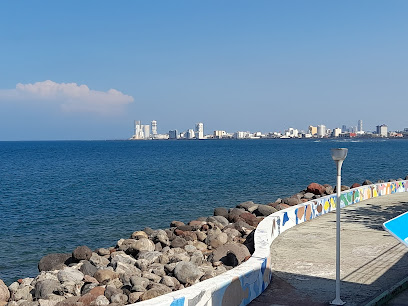
Zócalo de Veracruz
Discover the vibrant heart of Heroica Veracruz at the Zócalo, a historical landmark filled with culture, food, and stunning architecture.
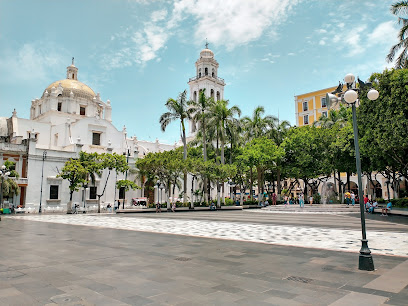
La Parroquia de Veracruz
Experience the vibrant flavors of Veracruz at La Parroquia, where tradition meets culinary excellence in a lively atmosphere.
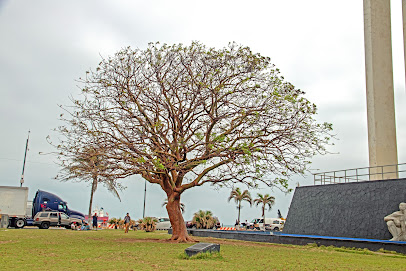
Malecón Veracruz Puerto
Explore the vibrant Malecón Veracruz Puerto, a cultural gem where stunning ocean views meet rich local traditions and delicious cuisine.
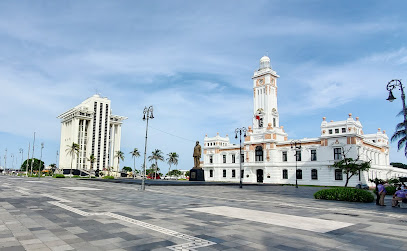
San Juan de Ulúa
Discover the historic charm of San Juan de Ulúa, a monumental fortress in Veracruz, where history, culture, and stunning coastal views await.
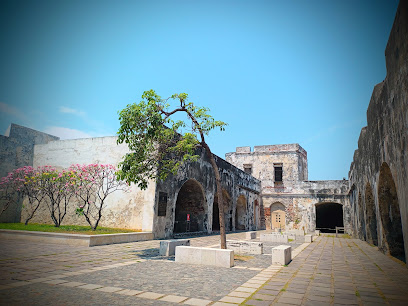
Gran Café de la Parroquia 200 Años
Discover the rich flavors and vibrant history of Veracruz at Gran Café de la Parroquia, a culinary gem serving authentic Mexican cuisine for over 200 years.
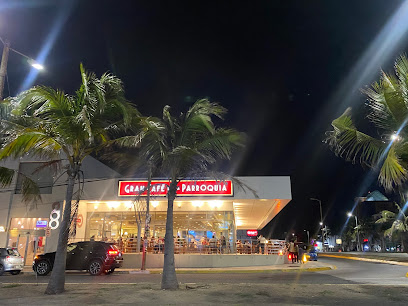
Mexico Naval Museum
Explore Mexico's rich naval history at the Mexico Naval Museum in Veracruz, showcasing maritime artifacts and engaging exhibits.
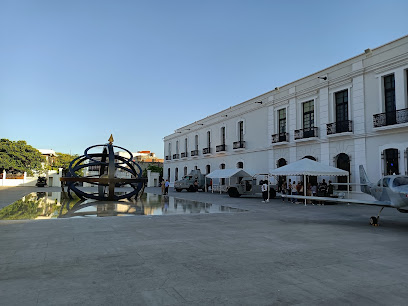
Aquatico Inbursa
Experience the ultimate aquatic adventure at Aquatico Inbursa, Veracruz's premier water park for family fun and relaxation.
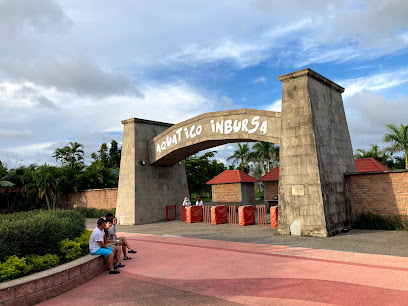
Antojitos Veracruzanos Samborcito
Experience the rich flavors of Veracruz's traditional cuisine at Antojitos Veracruzanos Samborcito, a must-visit spot for authentic Mexican breakfast delights.
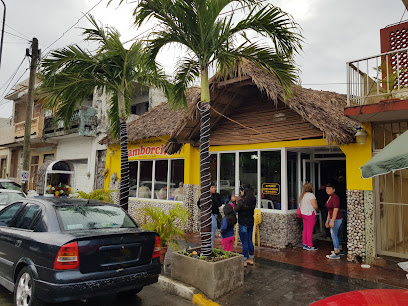
Faro Venustiano Carranza
Explore the beauty and history of Faro Venustiano Carranza, a stunning lighthouse and cultural gem in the heart of Heroica Veracruz.
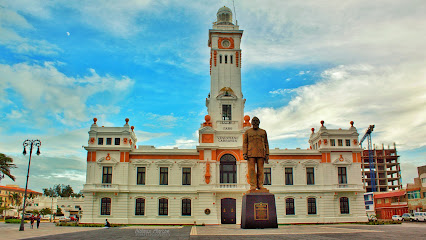
Distrito Boca
Experience the vibrant culture, stunning seaside views, and delicious cuisine at Distrito Boca, Veracruz's premier tourist attraction.
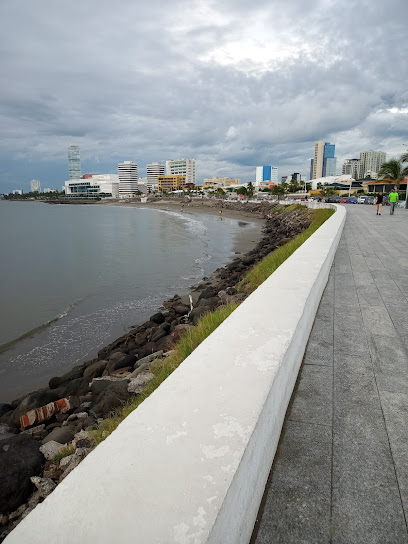
Los Portales de Veracruz
Discover the vibrant atmosphere and rich culture of Los Portales de Veracruz, a must-visit destination filled with local crafts, cuisine, and history.
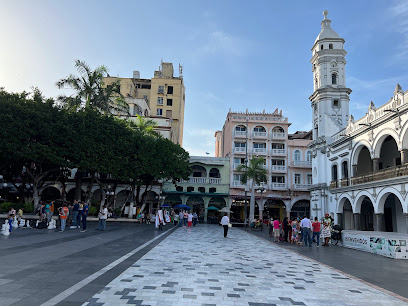
Malecón de Boca del Río
Discover the lively Malecón de Boca del Río, a stunning waterfront promenade perfect for relaxation, dining, and enjoying breathtaking sunsets by the Gulf of Mexico.
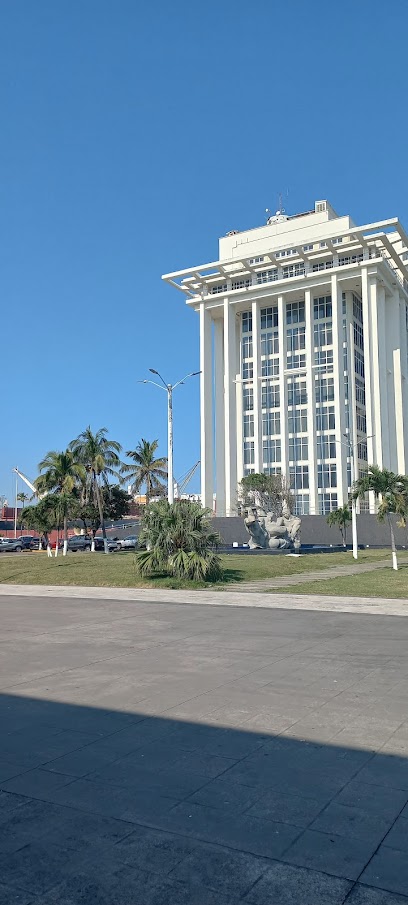
Historic Center of Veracruz
Discover the rich history and vibrant culture of Veracruz in its Historic Center, featuring stunning architecture and delicious local cuisine.
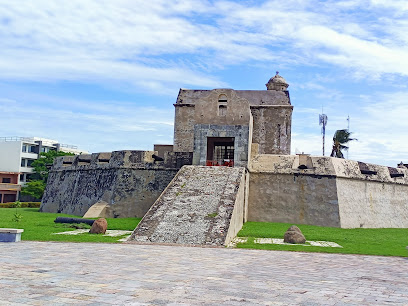
Museum of the City
Explore the rich history and vibrant culture of Veracruz at the Museum of the City, a premier heritage museum offering captivating exhibits and insights.
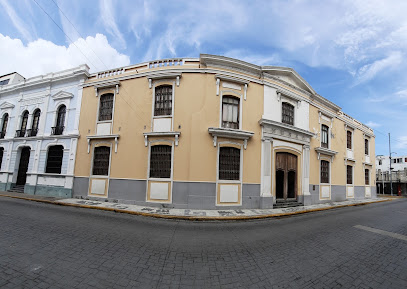
Unmissable attractions to see
Parque Zamora
Explore the lush landscapes and cultural charm of Parque Zamora, a tranquil retreat in the heart of Veracruz, Mexico.
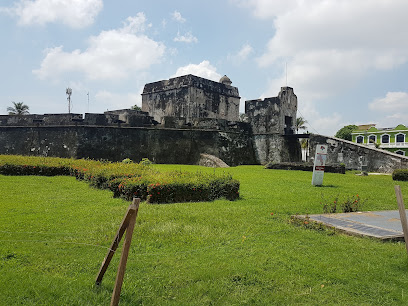
Primera Aduana o Casa de Hernán Cortés
Discover the rich history of Veracruz at Primera Aduana o Casa de Hernán Cortés, the first customs house in Mexico, steeped in colonial heritage.
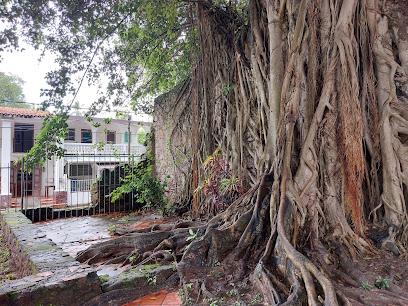
Aquatico Inbursa
Dive into adventure at Aquatico Inbursa, Veracruz's premier water park, featuring thrilling slides and relaxing pools for the whole family.

Cempoala Archaeological Zone
Explore Cempoala Archaeological Zone, an ancient gem in Veracruz, revealing the rich history of the Totonac civilization through its stunning ruins and artifacts.
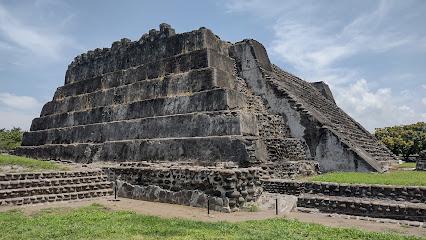
Faro Venustiano Carranza
Discover the historical charm of Faro Venustiano Carranza, a stunning lighthouse in Heroica Veracruz, offering rich maritime heritage and picturesque views.

Playa Martí
Experience the beauty of Playa Martí, a public beach in Veracruz, perfect for relaxation, adventure, and stunning sunset views.
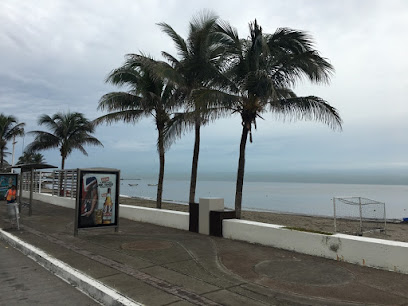
Malecón de Boca del Río
Experience the lively atmosphere and stunning coastal views at Malecón de Boca del Río, a must-visit destination in Veracruz, Mexico.

Los Portales de Veracruz
Explore the vibrant culture and rich history at Los Portales de Veracruz, a must-visit attraction in the heart of Heroica Veracruz.
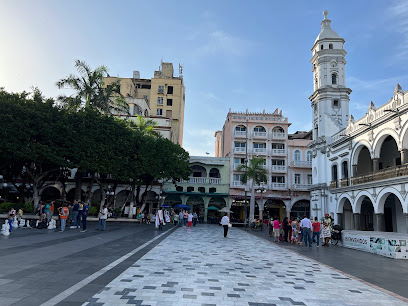
Museo de Cera
Discover the magic of artistry and history at Museo de Cera, where lifelike wax figures tell stories of iconic personalities.
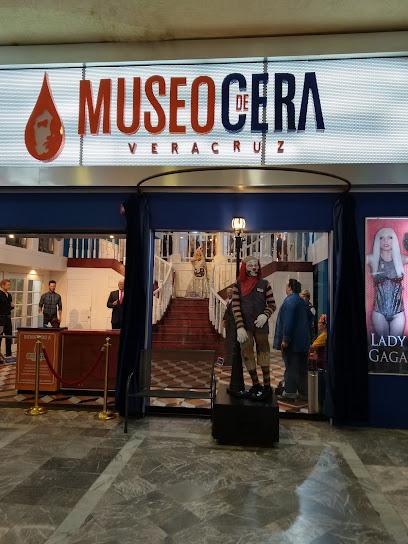
Museum of the City
Explore Veracruz's vibrant history and culture at the Museum of the City, a captivating heritage museum that brings the past to life.
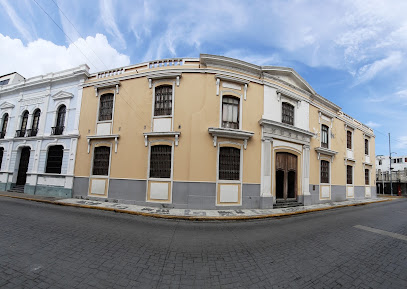
Museo Baluarte de Santiago
Discover the maritime history of Veracruz at Museo Baluarte de Santiago, a captivating museum within a historic fortress overlooking the Gulf of Mexico.

Conjunto Escultórico del Centenario de la Construcción del Puerto de Veracruz
Explore the Conjunto Escultórico del Centenario de la Construcción del Puerto de Veracruz, a breathtaking monument celebrating maritime history along the scenic Malecón.
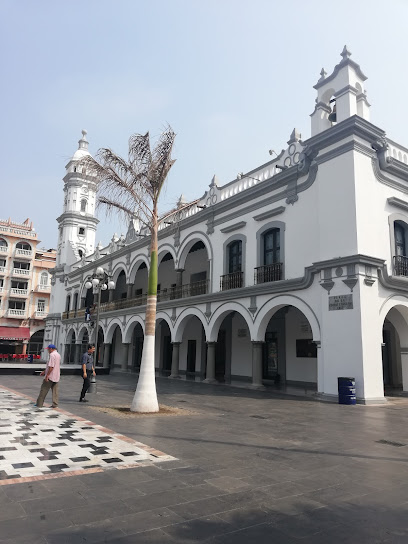
Casa Museo Agustin Lara
Explore Casa Museo Agustin Lara in Boca del Río, where music, art, and local cuisine blend seamlessly in a vibrant cultural experience.
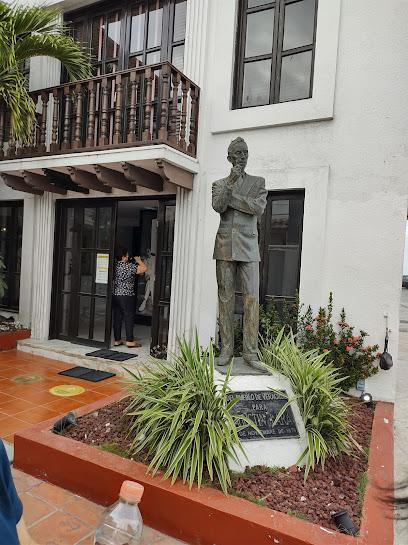
Letras de Veracruz
Explore the vibrant art and culture of Heroica Veracruz at Letras de Veracruz, where creativity meets local heritage in stunning installations.
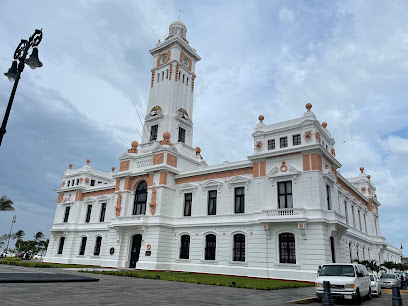
Cancuncito
Discover the serene beauty and vibrant culture of Cancuncito, a hidden paradise in Veracruz, Mexico, perfect for relaxation and adventure.
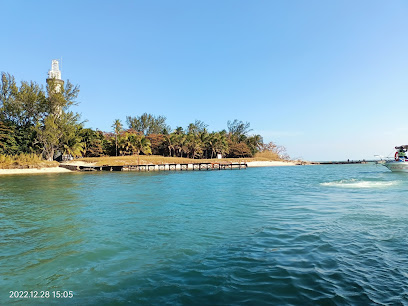
Essential places to dine
Mariscos Villa Rica
Discover the vibrant flavors of coastal Mexico at Mariscos Villa Rica, a top-tier seafood restaurant in Boca del Río.
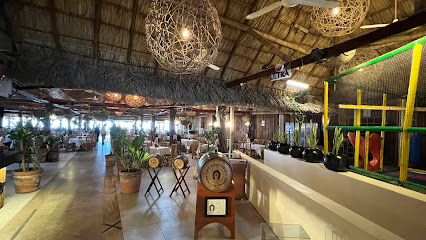
Mr. Pampas Veracruz
Discover the vibrant flavors of Brazil at Mr. Pampas Veracruz - a buffet haven for families and food lovers alike.

Los Farolitos
Experience authentic Mexican cuisine at Los Farolitos in Veracruz – where every meal is a celebration of flavor and tradition.
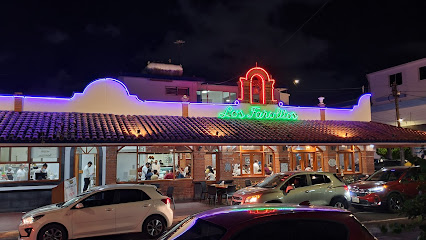
El Gaucho
Experience authentic Argentinian cuisine at El Gaucho in Veracruz—where every meal is a celebration of flavor and culture.
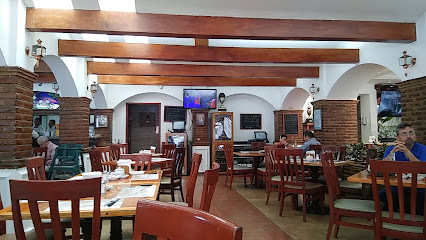
Il Veneziano
Experience authentic Italian cuisine at Il Veneziano in Boca del Río, where delicious pizzas and exquisite dishes await every food lover.
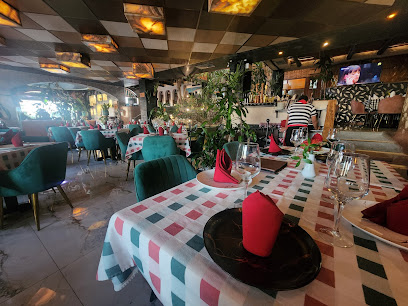
Mardel
Discover Mardel in Veracruz: Savor authentic Mexican breakfasts in a vibrant atmosphere that captures the essence of local cuisine.
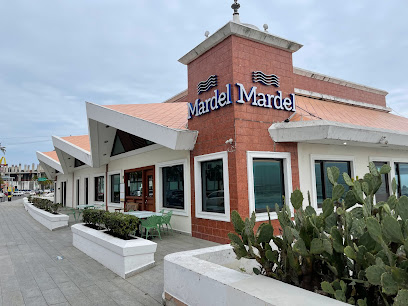
Palapa Perea
Discover fresh seafood delights at Palapa Perea, where breakfast meets oceanic flavors in vibrant Veracruz.

Mariscos Villa Rica Diligencias
Discover the freshest seafood delights at Mariscos Villa Rica Diligencias in Heroica Veracruz – where every bite tells a story.
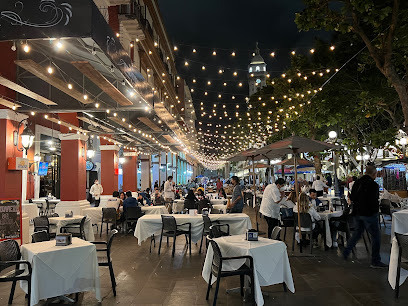
El Llagar
Experience authentic Spanish cuisine at El Llagar in Veracruz - where tradition meets taste in every delightful dish.
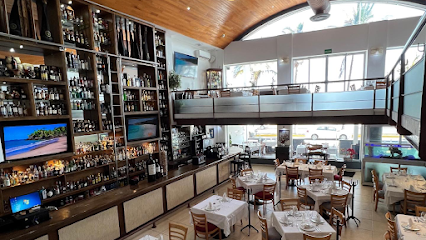
Restaurante Che Tango
Experience authentic Argentinian cuisine at Restaurante Che Tango in Heroica Veracruz – where every meal is a celebration of flavor and culture.
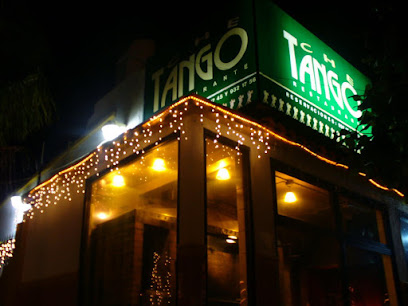
Restaurante Condimento
Discover authentic Mexican flavors at Restaurante Condimento in Heroica Veracruz—your go-to spot for breakfast and delightful café experiences.
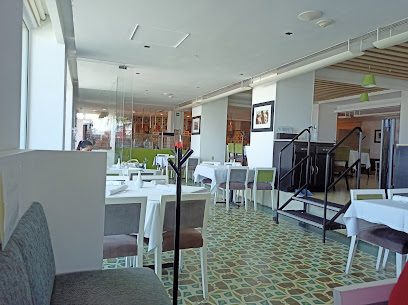
Restaurante Fussion
Experience the vibrant flavors of Mexico at Restaurante Fussion in Heroica Veracruz, where traditional meets contemporary dining.
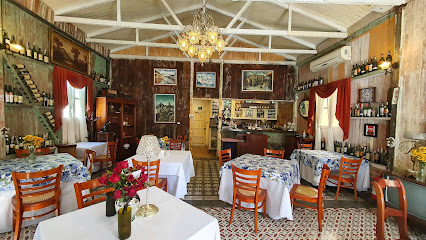
La Semilla Gourmet Veracruz
Discover the vibrant flavors of plant-based cuisine at La Semilla Gourmet in Veracruz – where every dish is a celebration of health and sustainability.
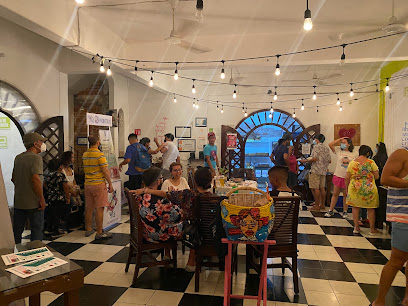
El Desahogo - Restaurante
Discover authentic Mexican flavors at El Desahogo in Veracruz – where every dish tells a story!
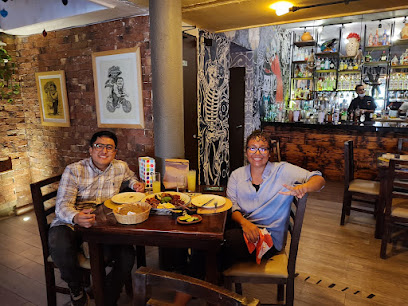
Namik Restaurante
Experience authentic Mexican flavors at Namik Restaurante in Veracruz - a culinary haven blending tradition with modern flair.
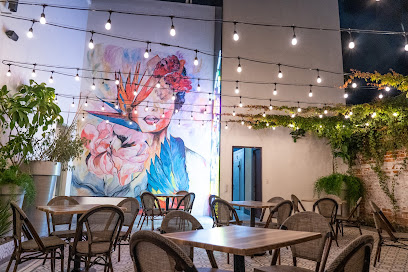
Markets, malls and hidden boutiques
Las Américas Mall
Experience the essence of Veracruz shopping at Las Américas Mall, where vibrant stores, diverse dining, and entertainment await every visitor.
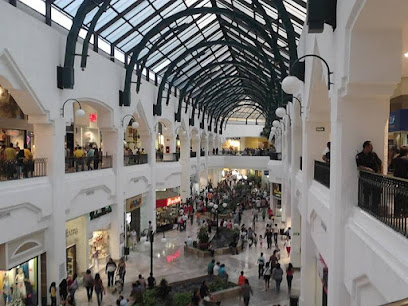
Andamar Lifestyle Center
Discover Veracruz's premier shopping destination at Andamar Lifestyle Center, where retail therapy meets culinary delights and entertainment.
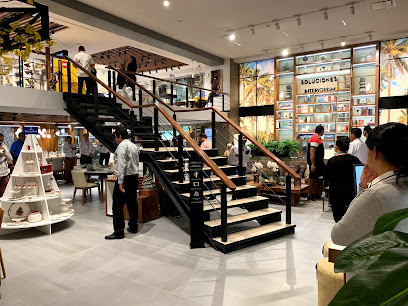
Plaza Nuevo Veracruz
Explore Plaza Nuevo Veracruz: A vibrant shopping mall in Heroica Veracruz, blending retail, dining, and entertainment for an unforgettable experience.
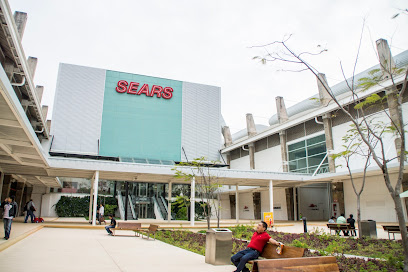
Plaza Acuario Veracruz
Experience shopping, dining, and entertainment in the heart of Veracruz at Plaza Acuario, a vibrant shopping mall that delights every visitor.
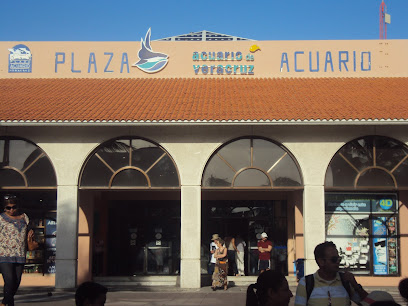
Artisan market
Explore the Artisan Market in Veracruz: A vibrant celebration of local craftsmanship, delicious food, and rich cultural heritage.
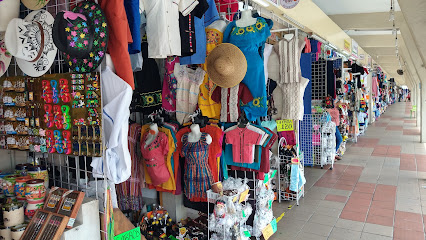
Plaza Bravo
Experience the best of shopping and dining at Plaza Bravo in Heroica Veracruz, a vibrant hub for culture and entertainment.

Plaza de las Artesanias
Discover the heart of Veracruz's artisan culture at Plaza de las Artesanias, where vibrant crafts and local flavors come together.
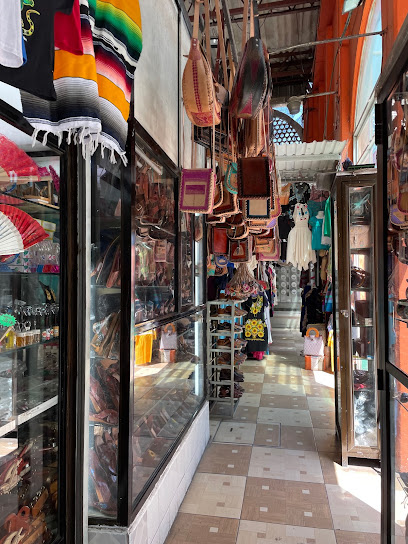
Pabellon Floresta
Experience the vibrant shopping and dining scene at Pabellon Floresta in Heroica Veracruz, where local culture meets modern retail.
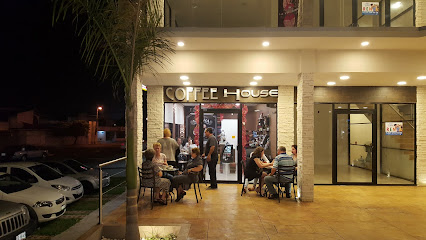
Artesanias Cuacenetl
Explore Artesanias Cuacenetl for authentic Mexican souvenirs and fashion accessories in the heart of Veracruz's vibrant Mercado de Artesanias.
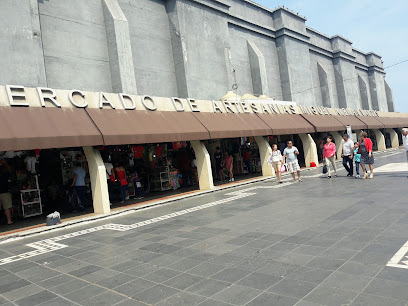
Promoda Portal Veracruz
Discover the best of fashion at Promoda Portal Veracruz, where local flair meets international style in a vibrant shopping environment.
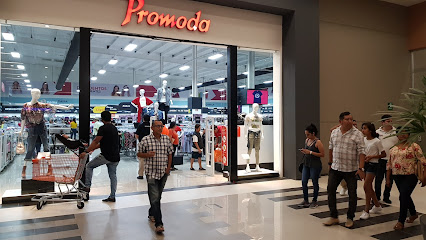
Anchor Novedades
Explore the vibrant charm of Anchor Novedades, a boutique store in Heroica Veracruz offering unique local crafts and souvenirs.
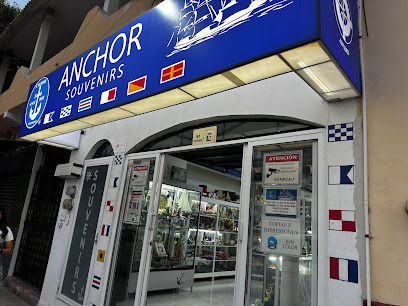
El Rincon de Asia Veracruz
Explore an extraordinary grocery experience at El Rincon de Asia in Veracruz, where Asian flavors meet local delights in a vibrant marketplace.
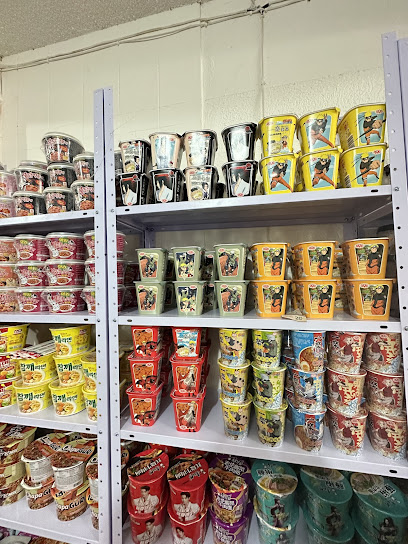
Galería del Mar
Explore Galería del Mar in Veracruz for unique handcrafted gifts and fashion accessories that celebrate local artistry and culture.
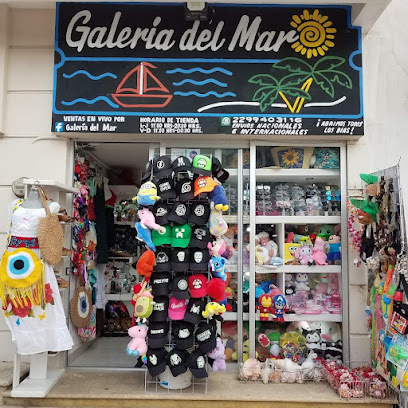
C' Luze - Boutique
Explore C' Luze - Boutique: your destination for unique artisan crafts and stylish fashion in the heart of Veracruz.
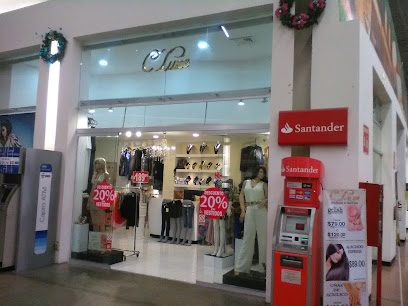
Shopping Merry Boutique
Discover unique fashion at Shopping Merry Boutique in Veracruz, where local flair meets modern style for the ultimate shopping experience.
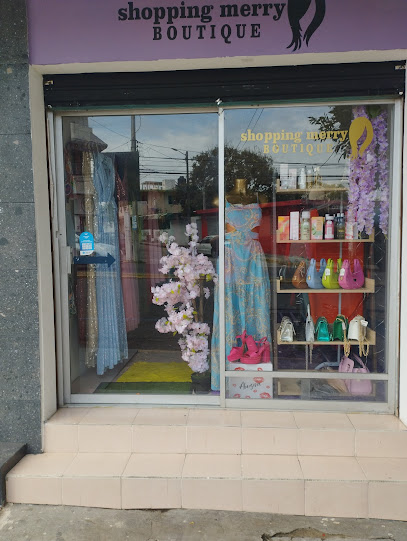
Essential bars & hidden hideouts
McCarthy's Irish Pub
Discover the lively charm of McCarthy's Irish Pub in Veracruz, offering authentic Irish cuisine and drinks in a vibrant coastal setting.
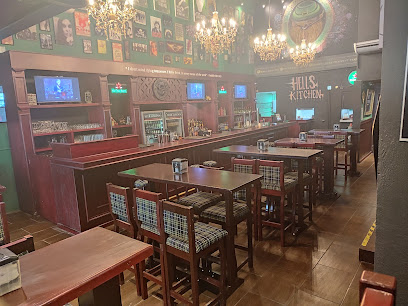
Dawson's
Experience the vibrant culinary scene at Dawson's Grill in Veracruz, where delicious grilled dishes meet a lively atmosphere and local charm.
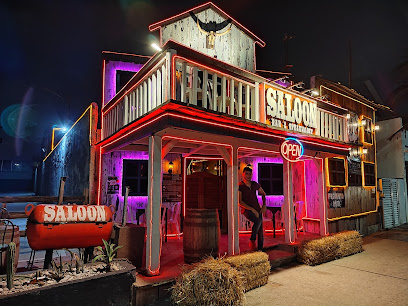
R Bar
Discover the vibrant nightlife at R Bar in Veracruz, a live music haven where local talent shines and unforgettable moments await.
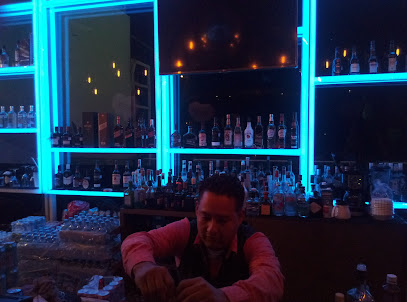
Tequila Snack Bar
Unwind at Tequila Snack Bar in Veracruz, where vibrant nightlife meets authentic local flavors in a lively bar atmosphere.
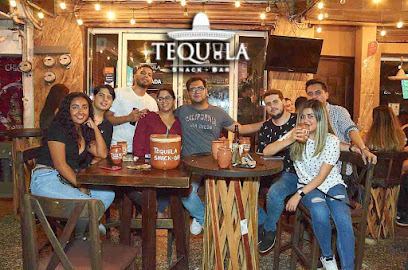
La Sabrosura Bar
Experience the vibrant nightlife of Veracruz at La Sabrosura Bar, where delicious cocktails and lively music create unforgettable moments.
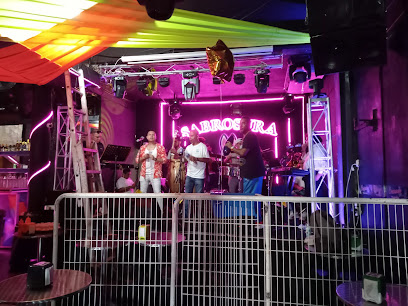
Restaurant Bar Noche Buena
Savor the vibrant flavors of Veracruz at Restaurant Bar Noche Buena, a grill lover's paradise in the heart of Heroica Veracruz.
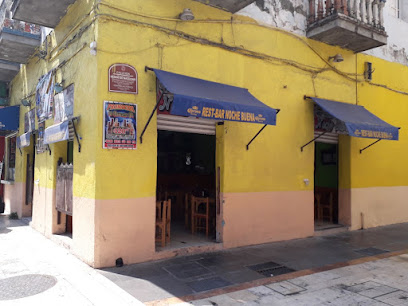
HOTEL BAR MEXICO
Discover the vibrant Hotel Bar Mexico in Heroica Veracruz, where lively atmosphere and exquisite drinks create unforgettable experiences.
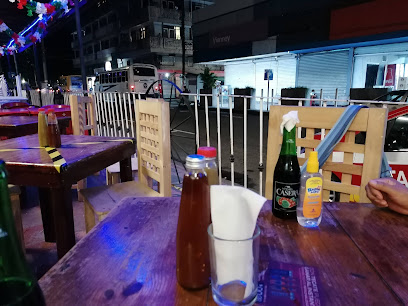
Bar Centro Caguamero
Experience the lively spirit of Veracruz at Bar Centro Caguamero, where great food meets refreshing drinks in a vibrant pub atmosphere.
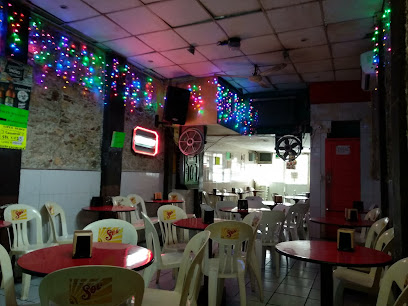
Café Bully Bar
Experience the lively spirit of Veracruz at Café Bully Bar, where refreshing drinks and a vibrant atmosphere create unforgettable memories.
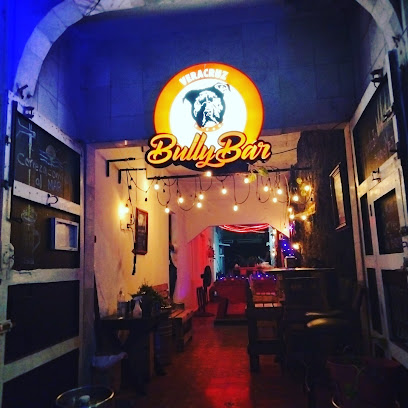
Klandestino Urban Bar
Experience the vibrant nightlife of Veracruz at Klandestino Urban Bar, where eclectic drinks and lively atmosphere meet local culture.
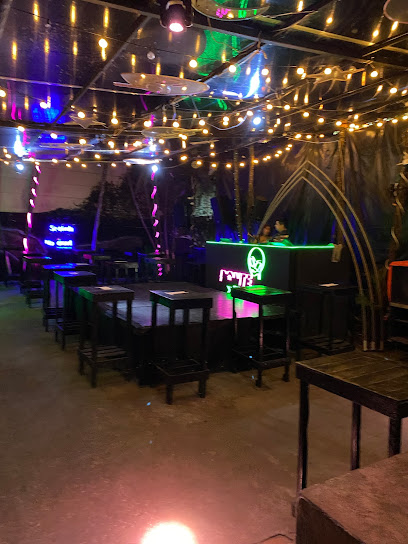
Bar titos
Discover the vibrant salsa scene at Bar Titos in Veracruz, where music, dance, and delicious drinks create unforgettable memories.
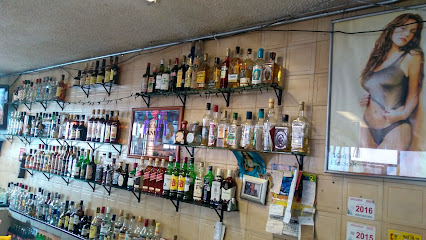
HP Bar
Experience the vibrant nightlife of Veracruz at HP Bar, where refreshing drinks and local charm create the perfect ambiance for relaxation.
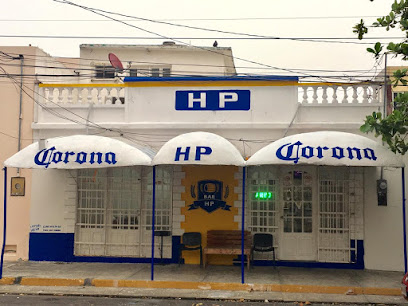
La Katrina Bar veracruz
Experience the lively nightlife at La Katrina Bar in Veracruz, a cultural hub filled with music, drinks, and unforgettable memories.
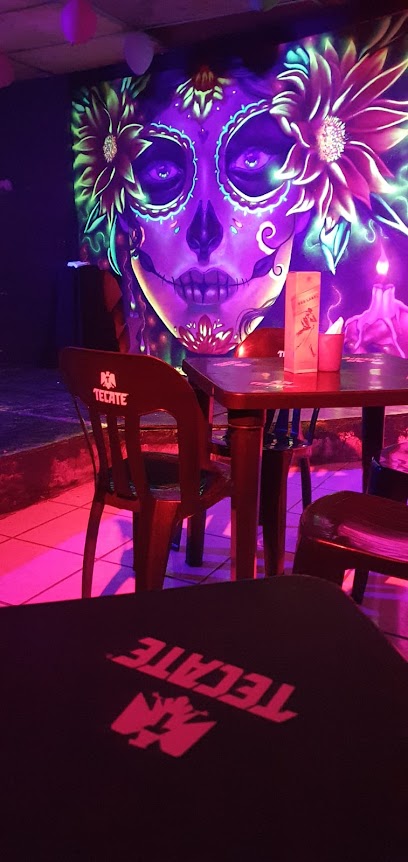
La Mentirosa Bar
Experience the lively atmosphere and delicious drinks at La Mentirosa Bar, the heart of Veracruz's nightlife.
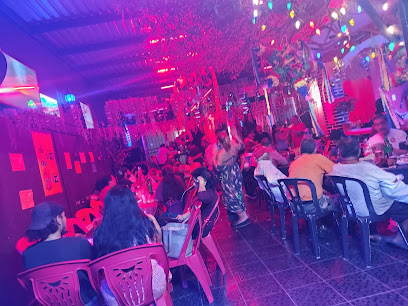
La Cumbancha - Bar
Discover the pulsating nightlife of Heroica Veracruz at La Cumbancha, a bar that combines local culture with exceptional drinks and music.
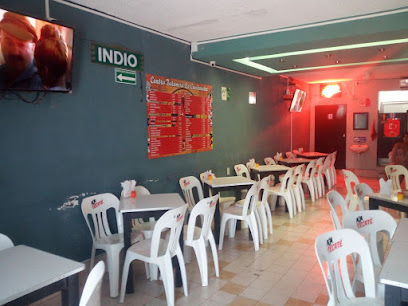
Local Phrases
-
- HelloHola
[oh-lah] - GoodbyeAdiós
[ah-dee-ohs] - YesSí
[see] - NoNo
[noh] - Please/You're welcomePor favor/De nada
[por fah-vor/de nah-dah] - Thank youGracias
[grah-see-ahs] - Excuse me/SorryPerdón/Lo siento
[pair-dohn/loh see-en-toh] - How are you?¿Cómo estás?
[koh-moh es-tahs] - Fine. And you?Bien. ¿Y tú?
[bee-en. ee too] - Do you speak English?¿Hablas inglés?
[ah-blahs een-glays] - I don't understandNo entiendo
[noh en-tee-en-doh]
- HelloHola
-
- I'd like to see the menu, pleaseMe gustaría ver el menú, por favor
[may goo-stah-ree-ah ver el meh-noo, por fah-vor] - I don't eat meatNo como carne
[noh koh-moh kar-neh] - Cheers!¡Salud!
[sah-lood] - I would like to pay, pleaseMe gustaría pagar, por favor
[may goo-stah-ree-ah pah-gar, por fah-vor]
- I'd like to see the menu, pleaseMe gustaría ver el menú, por favor
-
- Help!¡Ayuda!
[ah-yoo-dah] - Go away!¡Vete!
[veh-teh] - Call the Police!¡Llama a la policía!
[yah-mah ah lah poh-lee-see-ah] - Call a doctor!¡Llama a un médico!
[yah-mah ah oon meh-dee-koh] - I'm lostEstoy perdido/a
[ehs-toy pair-dee-doh/ah] - I'm illEstoy enfermo/a
[ehs-toy ehn-fehr-moh/ah]
- Help!¡Ayuda!
-
- I'd like to buy...Me gustaría comprar...
[may goo-stah-ree-ah kohm-prar] - I'm just lookingSólo estoy mirando
[soh-loh ehs-toy mee-rahn-doh] - How much is it?¿Cuánto cuesta?
[kwan-toh kwehs-tah] - That's too expensiveEso es muy caro
[eh-so es moo-ee kah-roh] - Can you lower the price?¿Puedes bajar el precio?
[pweh-dehs ba-har el pree-syoh]
- I'd like to buy...Me gustaría comprar...
-
- What time is it?¿Qué hora es?
[keh oh-rah es] - It's one o'clockEs la una en punto
[ehs lah oo-nah en poon-toh] - Half past (10)Media (10)
[meh-dee-ah (diez)] - MorningMañana
[mah-nyah-nah] - AfternoonTarde
[tahr-deh] - EveningNoche
[noh-cheh] - YesterdayAyer
[ah-yehr] - TodayHoy
[oy] - TomorrowMañana
[mah-nyah-nah] - 1Uno
[oo-noh] - 2Dos
[dohs] - 3Tres
[trehs] - 4Cuatro
[kwah-troh] - 5Cinco
[seen-koh] - 6Seis
[says] - 7Siete
[syeh-teh] - 8Ocho
[oh-choh] - 9Nueve
[nweh-veh] - 10Diez
[dee-ehs]
- What time is it?¿Qué hora es?
-
- Where's a/the...?¿Dónde está...?
[dohn-deh ehs-tah] - What's the address?¿Cuál es la dirección?
[kwal ehs lah dee-rehk-syon] - Can you show me (on the map)?¿Puedes mostrarme (en el mapa)?
[pweh-dehs mohs-trar-meh (en el mah-pah)] - When's the next (bus)?¿Cuándo es el próximo (autobús)?
[kwan-doh es el proh-ksee-moh (ow-toh-boos)] - A ticket (to ....)Un boleto (a ...)
[oon boh-leh-toh (ah)]
- Where's a/the...?¿Dónde está...?
History of Veracruz
-
Long before Spanish explorers arrived, the region of Veracruz was inhabited by various Mesoamerican civilizations such as the Olmecs, Totonacs, and Huastecs. The Olmec civilization, often considered the 'mother culture' of Mesoamerica, left behind colossal stone heads and other artifacts that indicate a sophisticated society.
-
In 1519, Spanish conquistador Hernán Cortés landed on the shores of what is now Veracruz. This event marked the beginning of the Spanish conquest of the Aztec Empire. Cortés founded the settlement of La Villa Rica de la Vera Cruz, which translates to 'The Rich Village of the True Cross,' establishing a crucial foothold for the Spanish in the New World.
-
During the colonial era, Veracruz became one of the most important ports in New Spain. It served as the principal gateway for goods and slaves coming from Europe and Africa, and for precious metals and other resources being shipped back to the Old World. The city’s fortifications, including the renowned San Juan de Ulúa fortress, were built to protect against pirate attacks and other threats.
-
Veracruz played a significant role in the Mexican War of Independence (1810-1821). It was the site of several key battles and served as a strategic location for both insurgents and royalists. After Mexico gained independence, the city continued to be a focal point of military and political activity.
-
In 1838, the Pastry War broke out between Mexico and France, and Veracruz was blockaded by the French navy. Later, during the Second French Intervention in Mexico (1861-1867), French forces occupied Veracruz as they sought to establish a monarchy under Maximilian I. The city’s resilience during these conflicts is a testament to its strategic importance and the spirit of its inhabitants.
-
Veracruz was a pivotal battleground during the Mexican-American War (1846-1848). In 1847, the United States launched a successful amphibious assault on the city, which led to its capture. This event was a significant moment in the war and showcased the strategic importance of Veracruz as a port city.
-
The 20th century saw Veracruz as a center of revolutionary activity, particularly during the Mexican Revolution (1910-1920). The city has since evolved into a vibrant cultural and economic hub, known for its rich traditions in music, dance, and cuisine. The annual Carnival of Veracruz is one of the most famous in Mexico, drawing visitors from around the world.
Veracruz Essentials
-
Veracruz is well-connected by air, land, and sea. The General Heriberto Jara International Airport (VER) has regular flights from major cities in Mexico and the United States. Bus services such as ADO and Estrella Blanca operate frequent routes to Veracruz from various parts of Mexico. Additionally, Veracruz is a major port city and is accessible by cruise ships. For those driving, Veracruz is connected via major highways, including Federal Highway 150.
-
Within Veracruz, taxis and buses are the primary modes of transport. Taxis are plentiful and can be hailed on the street or booked through apps like Uber. Public buses are an affordable option and cover most parts of the city. For short distances, consider walking or renting a bicycle to explore the city's historic center. Car rentals are available for those who wish to explore beyond the city.
-
The official currency in Mexico is the Mexican Peso (MXN). Credit and debit cards are widely accepted in hotels, restaurants, and shops, but it's advisable to carry some cash for smaller establishments and local markets. ATMs are available throughout Veracruz, and currency exchange services can be found at the airport, banks, and exchange houses.
-
While Veracruz is generally safe for tourists, it's important to stay vigilant. Avoid displaying valuables and be cautious in crowded areas. Certain neighborhoods, such as the outskirts of the port area and some parts of the downtown area, have higher crime rates. Stick to well-lit and populated areas, especially at night. Always use registered taxis or ride-sharing services to ensure your safety.
-
In case of emergency, dial 911 for police, fire, or medical assistance. Hospitals and clinics, such as the Hospital General de Veracruz, provide medical services. It's recommended to have travel insurance that covers medical emergencies. Pharmacies are plentiful and can provide over-the-counter medications for minor health issues.
-
Fashion: Do dress comfortably and wear light clothing due to the humid climate. Avoid overly revealing attire when visiting religious sites. Religion: Do respect local customs and traditions. Always remove your hat and speak softly in churches. Public Transport: Do be courteous and offer your seat to elderly passengers. Don't eat or drink on public transport. Greetings: Do greet people with a handshake and a friendly 'Buenos días' or 'Buenas tardes'. Eating & Drinking: Do try local dishes such as 'huachinango a la veracruzana'. Don't refuse food or drink offered by locals, as it may be considered impolite.
-
To experience Veracruz like a local, visit the Mercado Hidalgo to sample fresh local produce and traditional foods. Engage with locals, who are known for their friendliness and hospitality. Attend a 'jarana' (traditional dance) and enjoy live 'son jarocho' music. Don't miss the Malecón, the city's scenic waterfront promenade, where you can enjoy street performances and local vendors.
Trending Landmark in Veracruz
-
Acuario de Veracruz
-
Zócalo de Veracruz
-
La Parroquia de Veracruz
-
Malecón Veracruz Puerto
-
San Juan de Ulúa
-
Gran Café de la Parroquia 200 Años
-
Mexico Naval Museum
-
Aquatico Inbursa
-
Antojitos Veracruzanos Samborcito
-
Faro Venustiano Carranza
-
Distrito Boca
-
Los Portales de Veracruz
-
Malecón de Boca del Río
-
Historic Center of Veracruz
-
Museum of the City
Nearby Cities to Veracruz
-
Things To Do in Puebla
-
Things To Do in Oaxaca
-
Things To Do in Mexico City
-
Things To Do in Taxco
-
Things To Do in Puerto Escondido
-
Things To Do in Chiapas
-
Things To Do in Queretaro
-
Things To Do in Acapulco
-
Things To Do in San Miguel de Allende
-
Things To Do in Guanajuato
-
Things To Do in Campeche
-
Things To Do in Quetzaltenango
-
Things To Do in Flores
-
Things To Do in Chichicastenango
-
Things To Do in Tikal
















